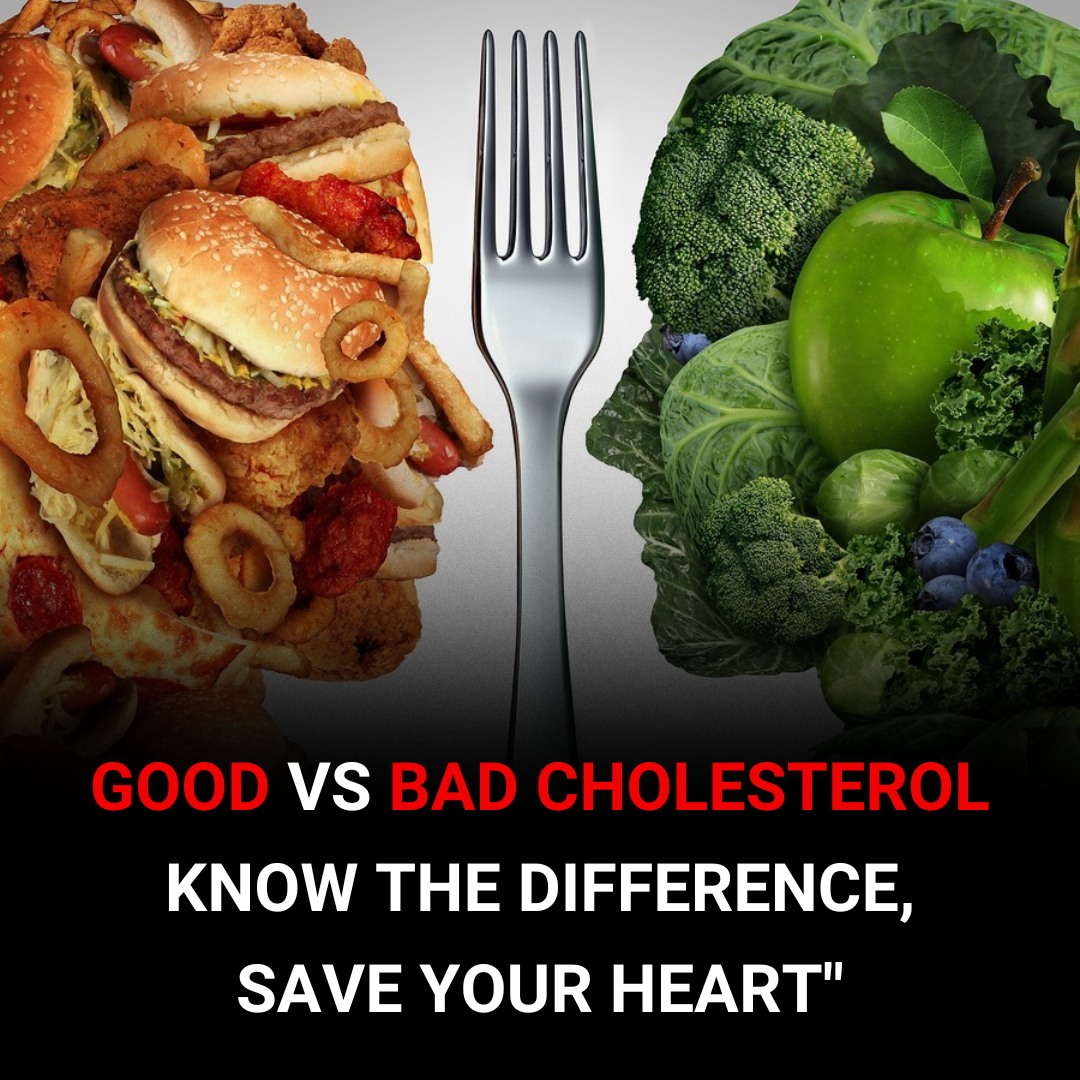
Cholesterol often gets a bad rap, but it’s actually essential for our bodies to function properly. It helps build healthy cells, produces hormones, and aids digestion. However, when cholesterol levels get out of balance, it can lead to serious health problems, including heart disease and stroke.
Understanding the difference between “good” and “bad” cholesterol, and learning how to manage your levels, is key to maintaining a healthy heart and a vibrant life. Let’s dive into what cholesterol really is, how it affects your health, and the simple steps you can take to keep it in check.
What Is Cholesterol?
Cholesterol is a fatty substance found in your blood. Your body needs it to build cells and make vitamins and hormones. While your liver naturally produces all the cholesterol your body needs, you also absorb cholesterol from the foods you eat, particularly animal-based products like meat, cheese, and eggs.
Since cholesterol doesn’t dissolve in blood, it travels through your bloodstream in small packages called lipoproteins, which are made of fat (lipid) on the inside and proteins on the outside.
There are two major types of lipoproteins you should know about: low-density lipoprotein (LDL) and high-density lipoprotein (HDL).
The Good: HDL Cholesterol
High-density lipoprotein (HDL) is often referred to as the “good” cholesterol. It acts like a scavenger, picking up excess cholesterol from your bloodstream and carrying it back to your liver, where it’s broken down and removed from your body.
High levels of HDL cholesterol are associated with a lower risk of heart disease. Think of HDL as your body’s cleanup crew, keeping your arteries clear and helping to protect you from heart attacks and strokes.
The Bad: LDL Cholesterol
On the flip side, low-density lipoprotein (LDL) is known as the “bad” cholesterol. When there’s too much LDL in your blood, it can start to stick to the walls of your arteries, forming plaques. These plaques can narrow your arteries and make them less flexible—a condition called atherosclerosis. If a plaque ruptures, it can form a clot that blocks blood flow, leading to a heart attack or stroke.
In short: high LDL levels are dangerous because they increase your risk of serious cardiovascular problems.
What About Triglycerides?
Triglycerides are another type of fat found in your blood. When you eat, your body converts any calories it doesn’t need right away into triglycerides, which are stored in fat cells. Later, hormones release them for energy between meals.
Having high triglycerides, especially when combined with high LDL or low HDL cholesterol, can increase your risk of heart disease even further. That’s why it’s important to keep triglyceride levels in a healthy range as well.
How to Know Your Numbers
Doctors typically use a simple blood test called a lipid panel to measure your cholesterol levels. Here’s what they generally look for:
-
Total Cholesterol: Should ideally be less than 200 mg/dL.
-
LDL (Bad) Cholesterol: Aim for less than 100 mg/dL.
-
HDL (Good) Cholesterol: Higher is better; 60 mg/dL or more is considered protective against heart disease.
-
Triglycerides: Should be below 150 mg/dL.
Your doctor will consider these numbers along with other risk factors like age, family history, and lifestyle habits to determine your overall risk of heart disease.
How to Maintain Healthy Cholesterol Levels
The good news is that you have a lot of control over your cholesterol through lifestyle choices. Here’s how you can keep your numbers in a healthy range:
1. Eat a Heart-Healthy Diet
Focus on foods that are naturally low in cholesterol and saturated fat. Include:
-
Fruits and vegetables
-
Whole grains like oatmeal, brown rice, and whole wheat
-
Lean proteins like chicken, turkey, and fish
-
Healthy fats such as those found in olive oil, avocados, and nuts
Limit foods high in saturated fats, such as red meat, butter, and full-fat dairy, and avoid trans fats altogether.
2. Get Moving
Regular physical activity can help lower LDL cholesterol and raise HDL cholesterol. Aim for at least 30 minutes of moderate exercise—like brisk walking, cycling, or swimming—most days of the week.
3. Maintain a Healthy Weight
Carrying extra pounds, especially around your waist, can raise your LDL levels and triglycerides while lowering your HDL. Losing even a small amount of weight can make a significant difference.
4. Quit Smoking
If you smoke, quitting can improve your HDL cholesterol almost immediately. It also benefits your heart and lung health in countless other ways.
5. Limit Alcohol Intake
Moderate alcohol consumption has been linked to higher HDL levels, but too much alcohol can lead to serious health problems, including high triglycerides and high blood pressure. Stick to moderate drinking—one drink per day for women and up to two for men.
6. Manage Stress
Chronic stress may negatively affect your cholesterol levels and heart health. Find healthy ways to cope with stress, like meditation, yoga, or simply taking time each day to relax.
When Lifestyle Changes Aren’t Enough
Sometimes, even with a healthy lifestyle, cholesterol levels remain high, often due to genetics. In such cases, your doctor may recommend medications such as statins to help control your cholesterol. It’s important to follow your doctor’s advice and not ignore high cholesterol, even if you feel perfectly fine.
Final Thoughts
Cholesterol is a vital part of your body’s functioning, but it’s all about balance. Too much of the wrong kind can lead to serious health issues, but the right lifestyle choices can make a huge difference. By understanding the roles of good and bad cholesterol, knowing your numbers, and making simple adjustments to your daily habits, you can protect your heart and live a longer, healthier life.
Remember: small changes today can lead to big health benefits tomorrow.





